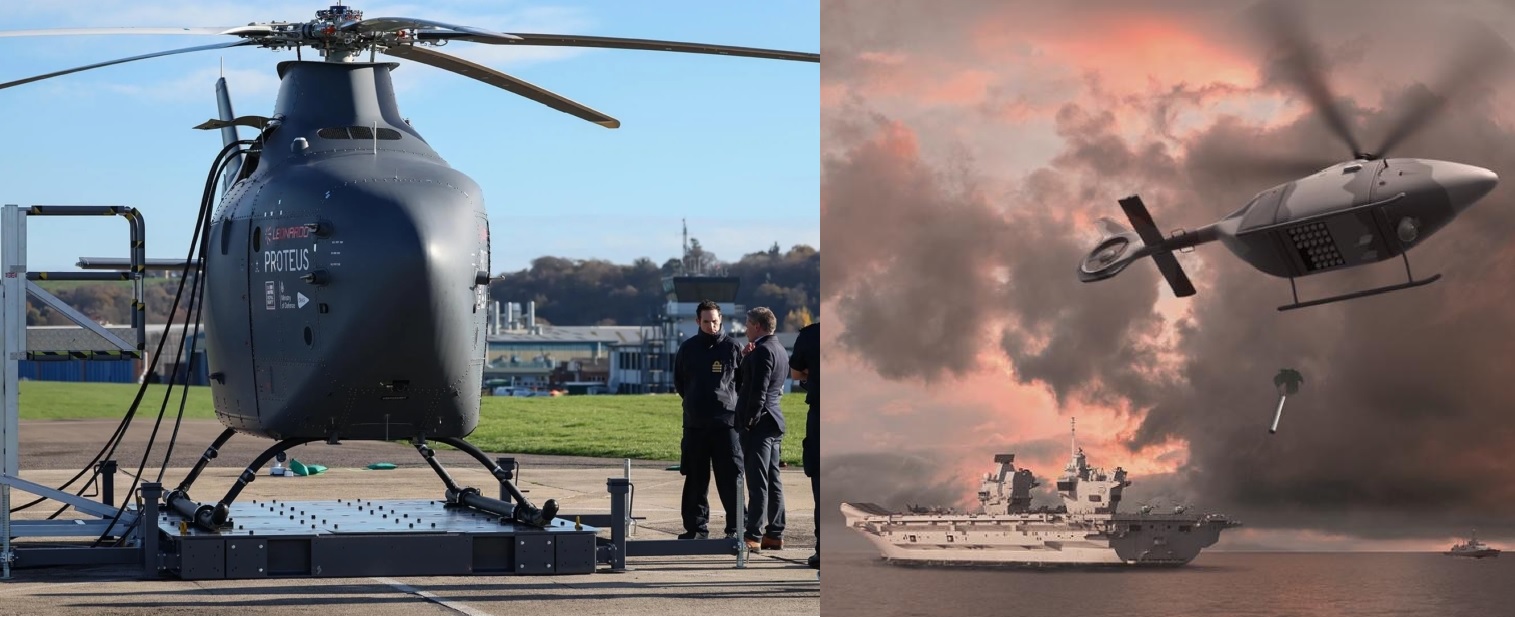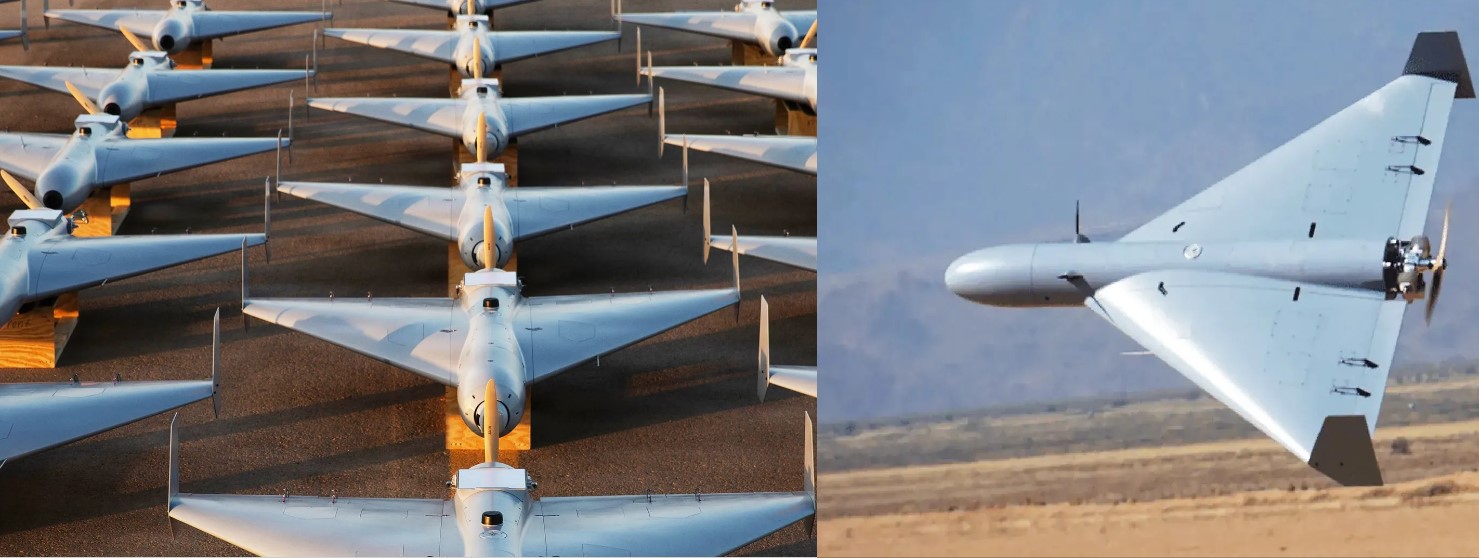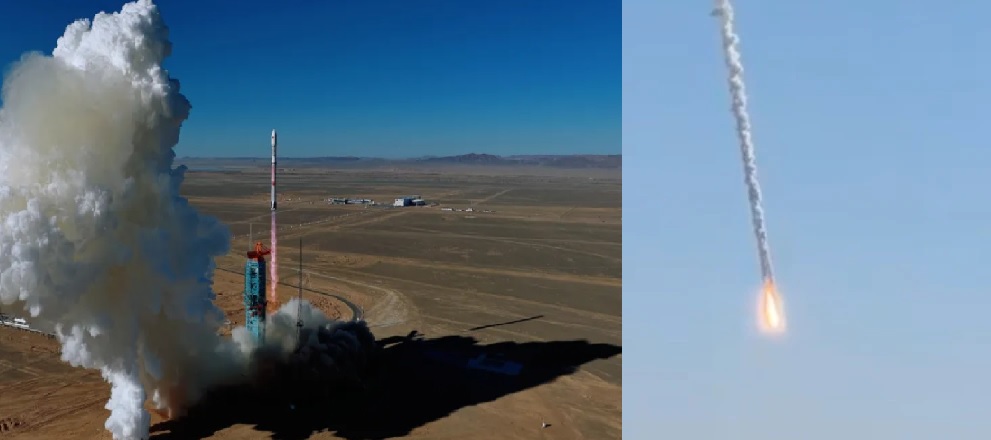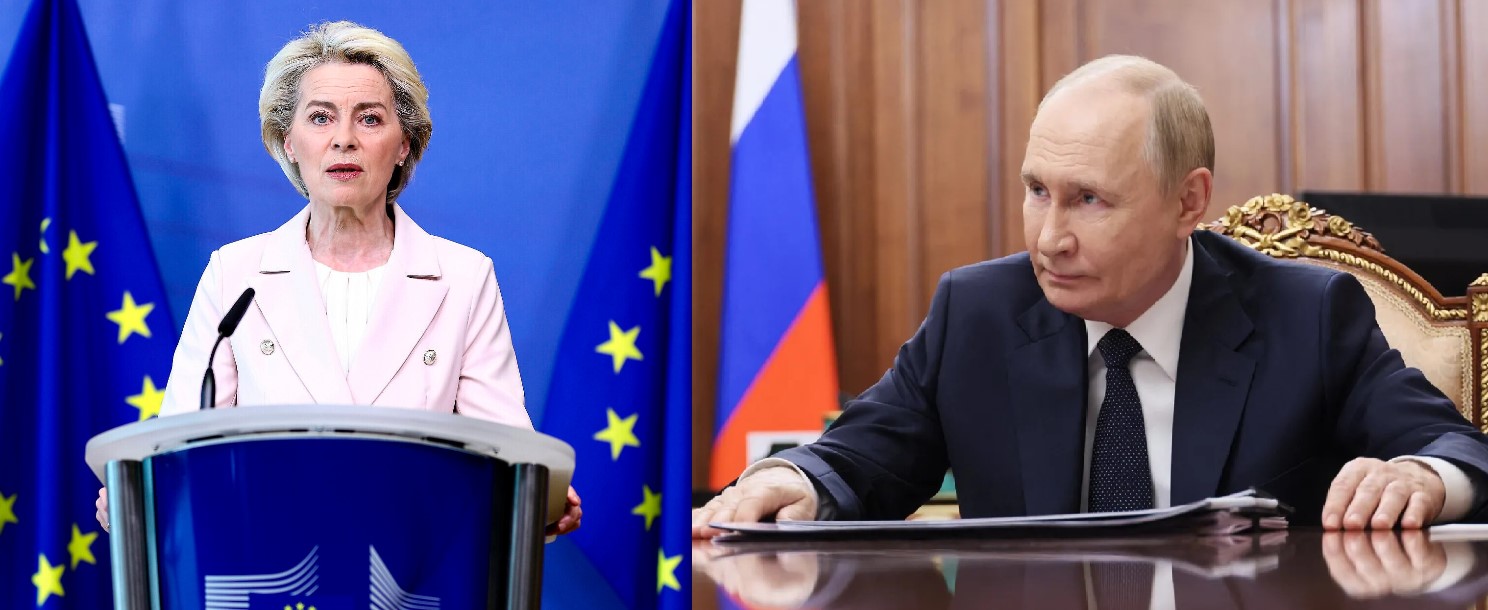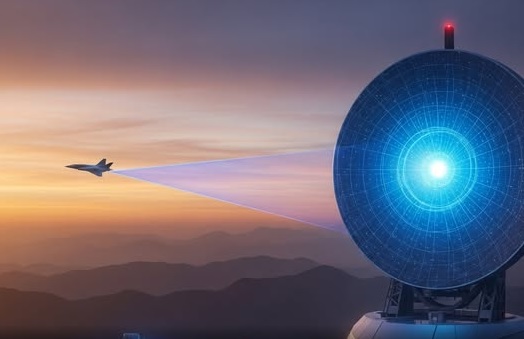Kim Jong Un Oversees Test of New Air Defense Missiles Amid Border Tensions
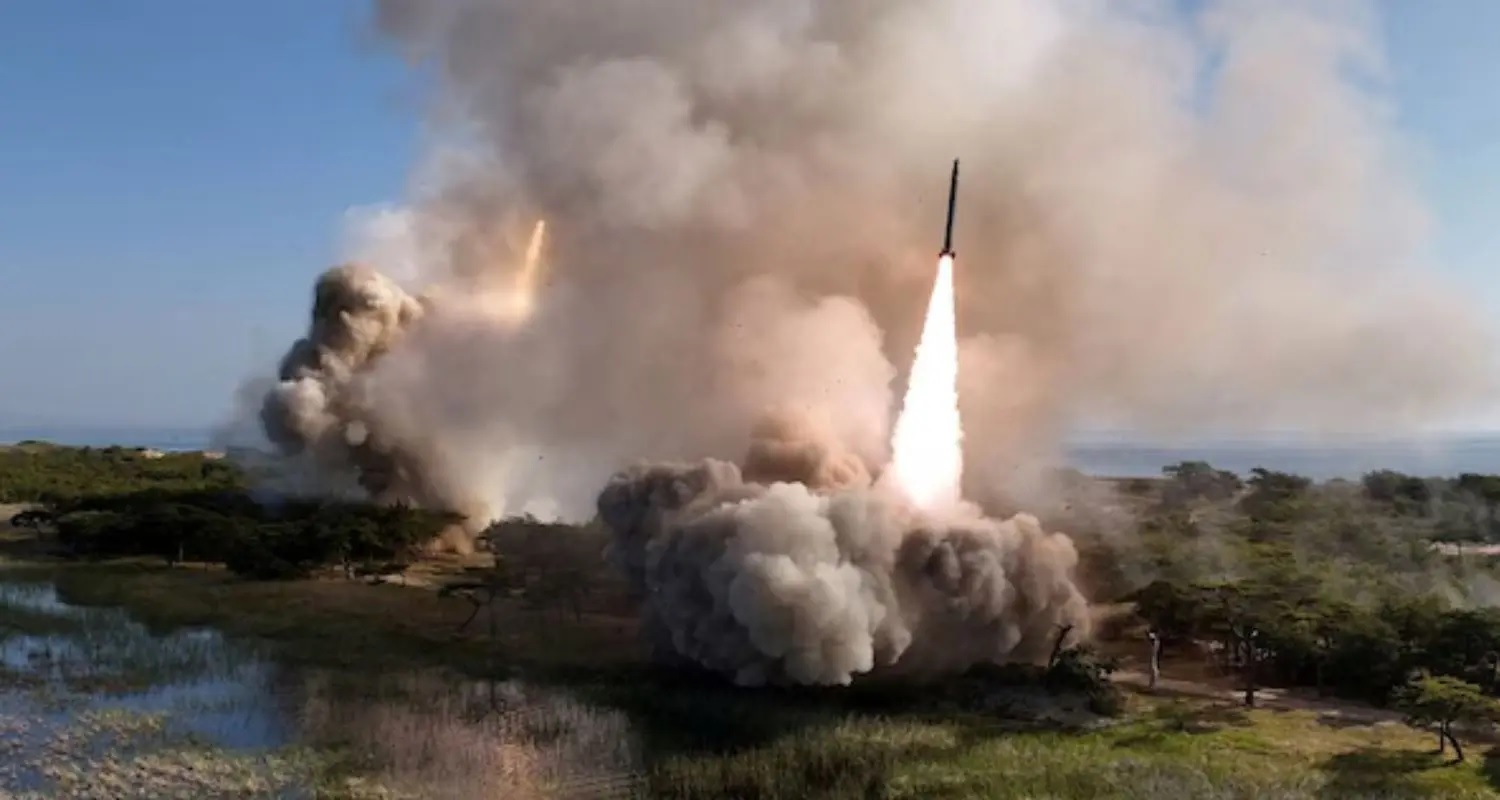
Pyongyang, August 2025 – North Korean leader Kim Jong Un has personally supervised the test-firing of two new air defense missile systems, state media reported Sunday. The tests come just days after a heated border incident between North and South Korea, underscoring the growing military tensions on the Korean Peninsula.
According to the Korean Central News Agency (KCNA), the launches took place on Saturday and involved two “improved” missile weapon systems with what it described as “unique and special technology.” The report claimed the systems demonstrated “superior combat capability” and were well-suited to destroying a range of aerial targets.
Photographs released by state media showed missiles streaking skyward and what appeared to be intercept tests against simulated incoming projectiles. Kim Jong Un was seen receiving a detailed briefing, with military aides presenting data as he observed the trials.
Focus on Drone and Cruise Missile Threats
While KCNA offered no technical specifications, South Korean defense experts noted that the timing and description suggest Pyongyang is accelerating development of short- to medium-range air defense systems aimed at countering drones and low-flying cruise missiles.
Analysts point out that North Korea has been studying battlefield experiences from Russia’s war in Ukraine. The widespread use of UAVs (unmanned aerial vehicles) and low-cost drones has exposed vulnerabilities in traditional air defense systems. By improving its own missile interceptors, Pyongyang is believed to be adapting its doctrine to future conflicts.
Hong Min, senior analyst at the Korea Institute for National Unification, said, “The North is bolstering air defense missiles against low-altitude flying drones and cruise missiles. This reflects Pyongyang’s recognition of lessons learned from modern warfare, especially in Ukraine.”
Border Clash Raises Friction
The missile tests followed a fresh confrontation on the Demilitarized Zone (DMZ), one of the most heavily militarized borders in the world. Earlier this week, around 30 North Korean soldiers briefly crossed the military demarcation line, prompting the South Korean military to fire warning shots.
Although the North Korean troops retreated quickly, Pyongyang condemned the response as a “deliberate provocation.” Army Lieutenant General Ko Jong Chol warned that such incidents could push the situation into an “uncontrollable phase” given the heavy military presence on both sides of the border.
The United Nations Command confirmed the incursion, while Seoul said it is closely monitoring unusual troop movements near the border.
Strategic Messaging Ahead of Party Meeting
State media also reported that Kim Jong Un has directed the defense science sector to complete an “important task” before an upcoming ruling party meeting. While details remain undisclosed, observers believe this could refer to further missile trials or the rollout of new weapons systems.
The North has a history of showcasing military achievements ahead of key political events, often as a signal of strength both domestically and internationally.
Pyongyang and Moscow Ties
The test also comes amid deepening North Korea–Russia military cooperation. According to South Korean and Western intelligence, Pyongyang has sent over 10,000 soldiers to support Russian operations, mainly in the Kursk region, along with artillery shells and rocket systems. Reports suggest around 600 North Korean soldiers have been killed and several thousand wounded in the fighting.
This battlefield exposure may be accelerating North Korea’s push for more advanced air defense systems, which could serve both domestic defense and future arms exports to allies like Russia.
South Korea’s Balancing Act
South Korea’s new president Lee Jae Myung has pledged to seek warmer relations with Pyongyang and build “military trust”. However, North Korea has dismissed these overtures, saying it has “no interest” in improving ties under current conditions.
The missile launches, coupled with escalating tensions along the border, suggest that inter-Korean dialogue remains unlikely in the near future.
The test-firing of two new air defense missile systems under Kim Jong Un’s supervision highlights North Korea’s determination to modernize its military and adapt to modern warfare trends. With tensions simmering at the DMZ and growing military cooperation between Pyongyang and Moscow, the Korean Peninsula faces renewed uncertainty.
The development underscores North Korea’s dual strategy: strengthening homeland defense against emerging aerial threats while signaling defiance to both Seoul and Washington.
✍️ This article is written by the team of The Defense News.
